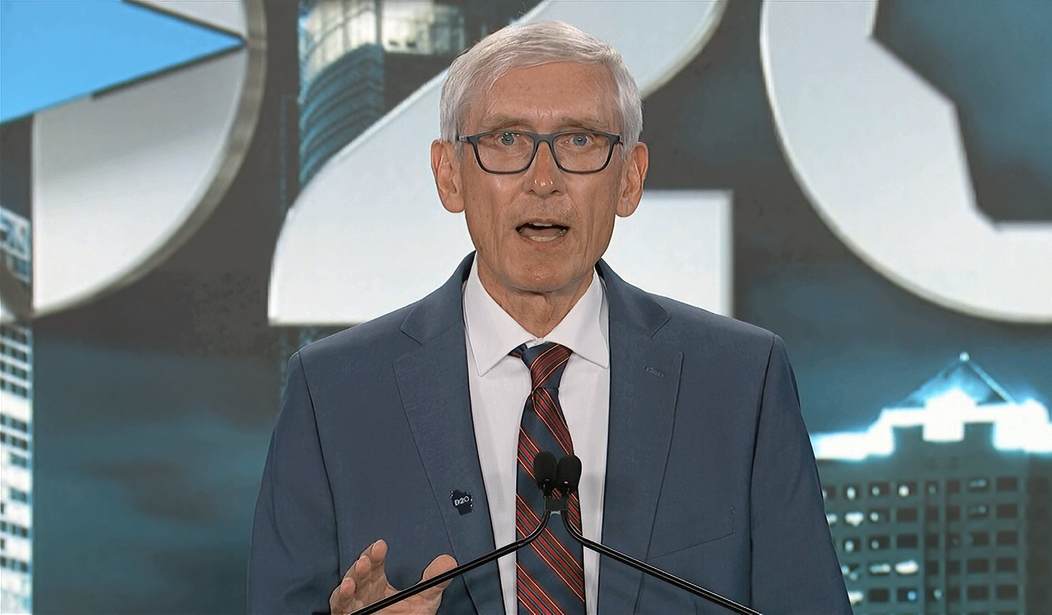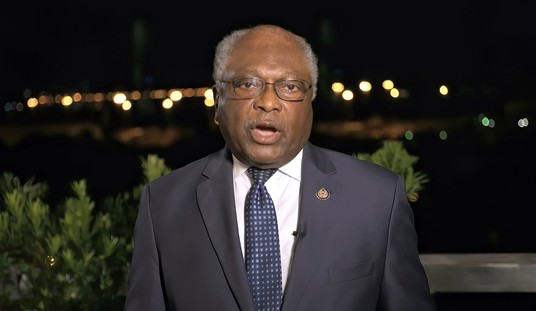A spike in COVID-19 cases? Blame the Wisconsin Supreme Court.
Rising coronavirus hospitalization rates? Blame the court.
War, famine, death, pestilence, gingivitis? You guessed it.
At every turn since May 13, when the state’s highest court struck down Gov. Tony Evers’ extended statewide lockdown, the Democrat has pointed his pale, bony finger at the ruling.
“Here’s the deal, last April, the (Wisconsin) Supreme Court, with allies with Republicans, closed down our Safer-at-Home order, and that essentially precluded all sorts of mitigation strategies,” Evers replied.
It was — again — May, but Evers has had trouble keeping up with his own orders and timelines.
Like a Scooby-Doo villain, the governor claims his health chief would have cut those rising COVID numbers if it hadn’t been for those meddling conservatives and their 4-3 ruling.
“I believe it would look a lot different if the chaotic decision of the Supreme Court did not happen,” Evers said.
The ruling, by the way, found Department of Health Services Secretary-designee Andrea Palm failed to follow state law, which clearly states the executive branch is not allowed to extend a public health order longer than 60 days. To do so, it must receive the consent of the the Legislature.
After the Supreme Court declared the extended lockdown “unenforceable,” Evers said Palm would work on a new emergency rule and send it to the Republican-led Legislature for its review. He took his unpromulgated rule and went home shortly thereafter because Republican leadership said it wouldn’t go along with the kind of liberty-stripping restrictions Evers wanted.
Recommended
“What Tony Evers is doing is blaming the constitution,” said state Sen. Dave Craig (R-Town of Vernon). “Tony Evers thinks the Bill of Rights ought to be suspended during a time of crisis. The Bill of Rights was written especially for times of crisis, to ensure that one individual in one executive branch of government could not throw it out the window.”
“His problem with the Supreme Court is that the Supreme Court simply upheld the Bill of Rights and made sure that state government complies with it,” the senator added.
Dr. Timothy Allen said it is “far-fetched” to think the Supreme Court’s ruling in May is impacting the COVID-19 numbers today. First of all, the novel coronavirus of March is not the virus of today, Allen said. As with any virus, SARS-CoV-2 has evolved to a globally dominant “G-strain.”
Allen said there’s indication the G-strain is weaker than the first wave of the virus in late winter and spring.
“I highly doubt the Supreme Court decision had anything to do with the spike in cases,” Allen, a family physician from Cudahy, said. “What we’re seeing here is a spike in cases, driven by asymptomatic” college students.
Wisconsin has seen novel coronavirus cases significantly rise in recent weeks and in some parts of the state hospitalization rates have surged. But COVID-19 death totals continue to be a fraction of the 150,000-plus positive cases in the state. The vast majority of those with the virus recover.
“Staying indoors and worrying about the epidemic is more dangerous than going outside,” Allen told the New York Times in April. “According to the evidence, you’re more likely to die by staying at home. You need to look at all lives, not just Covid lives.”
His position hasn’t changed.
Suicides have soared post-COVID, according to multiple reports. The National Alliance on Mental Illness HelpLine has recorded a 65 percent increase in calls and emails since March.
“We have people now who don’t know how to feed their family who have not had that thought for a very long time. That’s different than the last recession,” American Psychiatric Association President Jeffrey Geller told Roll Call. “There are masses of people who are quite worried today because they don’t know what is going to happen to their benefits. That kind of anxiety exacerbates fragility.”
Suicides among active-duty U.S. military service members have climbed by 20 percent during the coronavirus pandemic, according to reports from the Defense Department.
A recent study from JAMA found alcohol consumption by U.S. adults rose during the middle of the pandemic by 14 percent overall. The study showed women surveyed reported a 41 percent increase in heavy drinking episodes.
“We didn’t think about the consequences of what we did,” Allen said. “We wouldn’t let visitors in the hospital. We saw a 35 percent difference in mortality in older patience (who were isolated). That’s not a benign intervention.”
“Does shutting off visitors save enough lives to offset that 35 percent,” the physician added.

























Join the conversation as a VIP Member